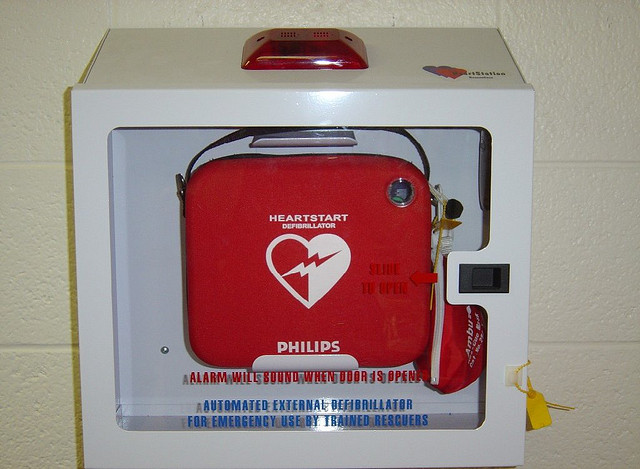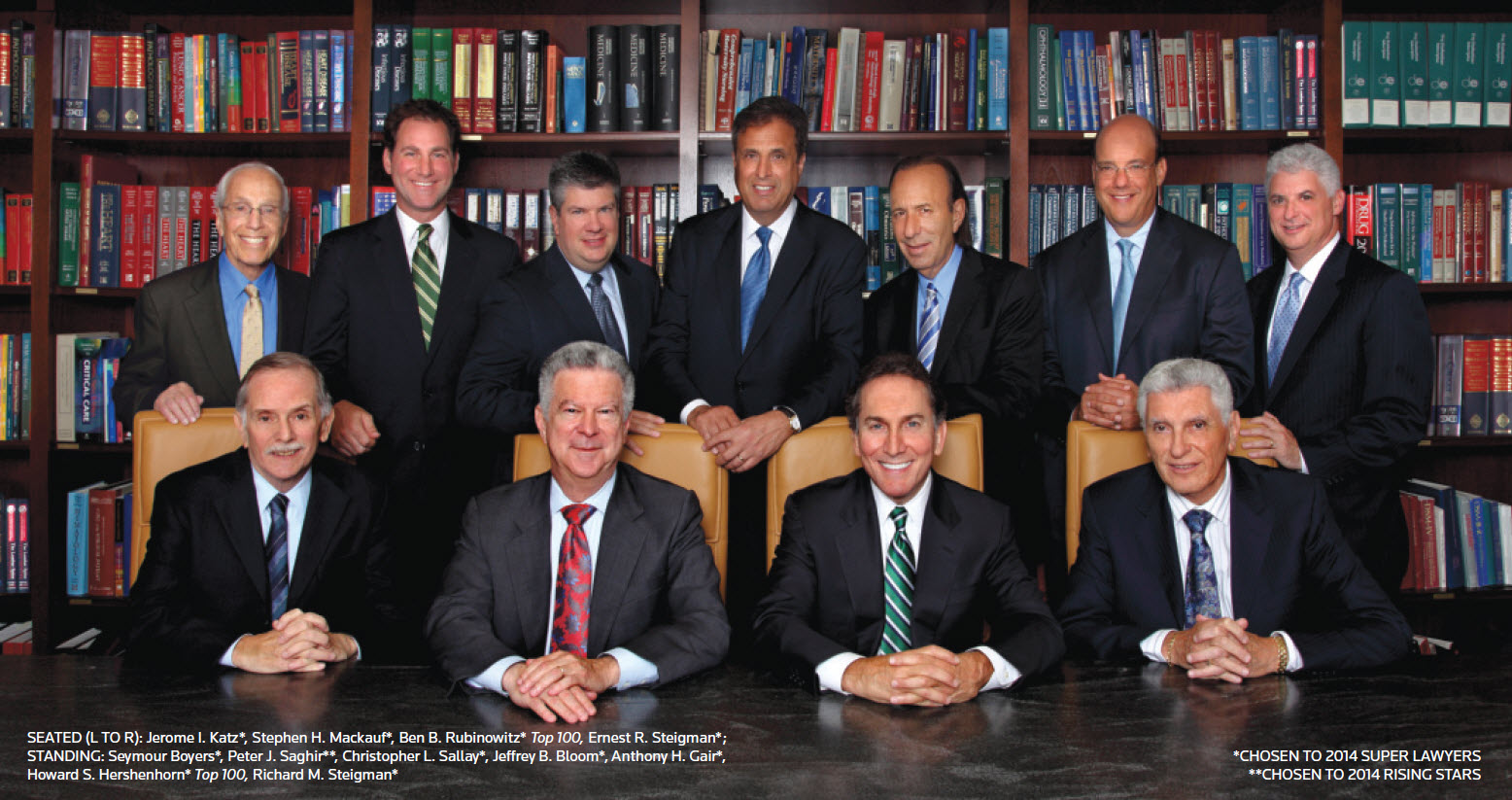To prevent personal injury or death related to defective automated external defibrillators, the FDA just announced that manufacturers will now be required to submit premarket approval applications for their new products
 When a person is injured or dies because of an automated external defibrillator failure, it is often the result of a defective design or a manufacturing flaw such as the inadequate quality control of outsourced components. Automated External Defibrillators (AEDs) are usually stored in public places and ready for use if someone suddenly suffers from a life threatening cardiac arrhythmia. Unfortunately these medical devices have a history of malfunctions. In the last 10 years the FDA received more than 72,000 medical reports associated with defective AEDs. During the same period of time, 111 recalls were conducted affecting more than two million defective products.
When a person is injured or dies because of an automated external defibrillator failure, it is often the result of a defective design or a manufacturing flaw such as the inadequate quality control of outsourced components. Automated External Defibrillators (AEDs) are usually stored in public places and ready for use if someone suddenly suffers from a life threatening cardiac arrhythmia. Unfortunately these medical devices have a history of malfunctions. In the last 10 years the FDA received more than 72,000 medical reports associated with defective AEDs. During the same period of time, 111 recalls were conducted affecting more than two million defective products.
Therefore the FDA decided to take additional steps to improve the quality of these products. The agency issued a final order that will require AED manufacturers to submit premarket approval applications (PMAs), which undergo a more rigorous review than what was required to market these products in the past.
Read the FDA press release here
 New York Personal Injury Attorneys Blog
New York Personal Injury Attorneys Blog






 Baja Motorsports knowingly failed to report immediately
Baja Motorsports knowingly failed to report immediately  Some Kidde alarms may be defective and fail to alert consumers of a fire or a CO incident. Kidde residential smoke alarm model i12010S with manufacture dates between December 18, 2013 and May 13, 2014, combination smoke/CO alarm il2010SCO with manufacture dates between December 30, 2013 and May 13, 2014, and combination smoke/CO alarm model KN-COSM-IBA with manufacture dates between October 22, 2013 and May 13, 2014 are being recalled by Kidde. The defective alarms are white and round (see picture) with the name Kidded engraved in front of the alarm. These alarms were sold at major retail stores such as Home Depot and also online through Amazon and other online retailers. Consumers who own this product should immediately contact Kidde to have it replaced.
Some Kidde alarms may be defective and fail to alert consumers of a fire or a CO incident. Kidde residential smoke alarm model i12010S with manufacture dates between December 18, 2013 and May 13, 2014, combination smoke/CO alarm il2010SCO with manufacture dates between December 30, 2013 and May 13, 2014, and combination smoke/CO alarm model KN-COSM-IBA with manufacture dates between October 22, 2013 and May 13, 2014 are being recalled by Kidde. The defective alarms are white and round (see picture) with the name Kidded engraved in front of the alarm. These alarms were sold at major retail stores such as Home Depot and also online through Amazon and other online retailers. Consumers who own this product should immediately contact Kidde to have it replaced.
 As part of a
As part of a 
